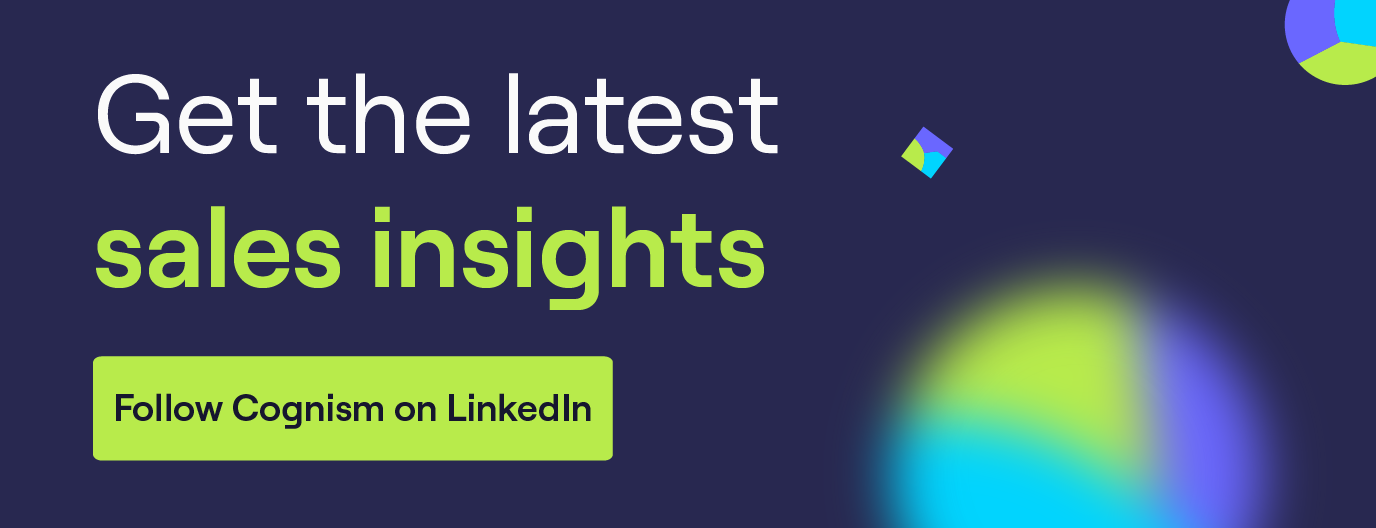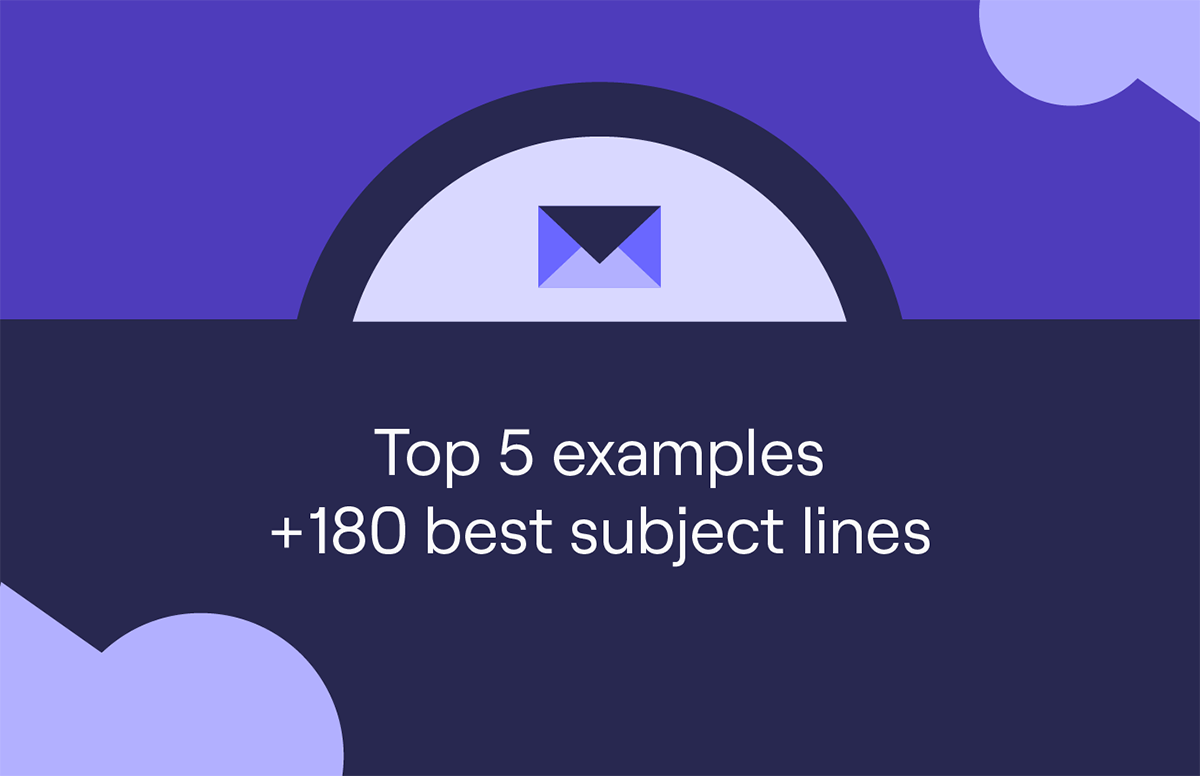A Sales Follow Up Guide That Increases Your Conversions
Sales follow up resources:
Do you want to learn how to close more deals and connect with your audience? If so, it may be time to start thinking about an effective strategy for sales follow-ups.
Initial contact is often just the first step in a longer journey with prospective customers. You need to go above and beyond so people remember who you are, what you offer, and, most importantly, why they should care.
A well-crafted follow-up process does all of this and more. It keeps you at the top of potential customers’ minds, demonstrates your commitment, and gently nudges prospective clients closer to a decision.
As I’m sure you can guess, you have to balance a fine line with your follow-up emails. You want to capture peoples’ attention, but you don’t want to annoy them, either. Your goal as a sales rep is to build positive connections and offer consistent value.
In this guide, I’ll explain:
- Why developing a sales follow-up strategy is crucial.
- The best time of day for follow-up emails.
- Concrete techniques to help you get started.
Let’s dive in! 👇
Why develop a sales follow-up strategy?
The path to closed deals doesn’t end with the initial sales pitch; it’s just the start. The reality is that 92% of people visiting a website for the first time aren’t ready to place an order.
Most people are there because they’re in the research phase of their buyer journey. They want to learn more about your product, or perhaps they found you via a blog post that had the information they needed.
Whatever the case, a successful sales process for follow-ups will help you build rapport with these potential clients and turn them into satisfied customers. If you don’t take this opportunity to connect, they might not have a reason to come back.
With this in mind, let’s look at a few powerful reasons you need a follow-up strategy in place:
- Boost conversions: Timely follow-ups can convince someone on the fence to take action, which means more leads, sales, and engagement.
- Build trust: Regular contact will help you build your reputation and trust with your audience. And when people trust you, they’re more likely to buy.
- Gather insights: Each customer interaction is an opportunity to learn about their goals, needs, and pain points.
- Improve relationships: Personal and thoughtful follow-up emails foster stronger relationships, which leads to customer loyalty and a boost in retention.
- Streamline workflows: By knowing when and how to follow up, your sales reps can work more efficiently. This can help you save money and improve your ROI.
When is the best time for a follow-up?
I’m sure you know that timing is everything in B2B sales.
This concept is especially true for follow-ups. Re-engaging at the right moment can make the difference between converting or losing an ideal customer.
Think of it this way:
If someone decides to try your software, do you think you’d stand a better chance of converting them if you messaged them the day before their free trial expires or a whole month after?
The obvious answer is the day before. These folks have had the chance to try your product; perhaps they found value in it, or maybe they have questions. Either way, connecting with them at this exact moment is a surefire way to get their attention.
You can use this opportunity to turn leads into customers, gather feedback, and create a well-rounded customer experience.
Generally speaking, though, the best time for a follow-up largely depends on where the prospect is in your sales funnel. Think carefully about whether they’re at the awareness stage, comparison stage, or decision stage. Then, create follow-up email campaigns that will capture their attention at key touchpoints.
I’ve found that tailoring follow-up timing to a prospect’s position in the funnel is one of the best ways to maximise results. Remember to plan around this concept when developing your follow-up email strategy.
7 actionable sales follow-up techniques
Now, I’ll show you a few actionable strategies for making your next sales follow-up campaign a success.
Aside from the tips I’ll be discussing, you’ll also need a mix of creativity, persistence, and timing to capture your prospect’s attention and guide them toward taking action.
1. Choose an eye-catching headline
It doesn’t matter if you’re sending an email, using social media retargeting, or showing an on-site popup; your headline is the first thing your prospect sees. So make it count!
An eye-catching, punchy headline will dramatically impact the number of people who engage with your follow-up message.
My advice?
Keep it brief and relevant. You want people to see it and understand who you are and what this could mean for them.
You should add the personal touch! Ensure your sales follow-up emails include the recipient’s name and contact details. You want to capture attention straight away.
For example:
Instead of “Checking In,” try:
“Mike, Here’s How We Can Help You Boost Your Sales.”
A good headline should pique curiosity, promise value, and generally make recipients eager to read more. We will touch more on personalised emails soon enough!
I’ve also found that incorporating a question or an intriguing statement is a great way to spark curiosity, which leads to people reading beyond the headline.
2. Present a clear value proposition
Your sales follow-up emails should always show prospects what they stand to gain from interacting with your business.
For them, this could mean a lead magnet, exclusive discount, or access to a product beta.
Make sure your email messages convey the benefits of taking action. If your goal is to sell a product, especially to other business owners, briefly restate their pain points and how your solution addresses these issues.
My best piece of advice here is to use statistics (if you can). For instance:
“Our cold email software can save you 20% on operational costs within 1 month.”
Be specific about the value; use data or social proof to back up your claims.
Your goal is, quite simply, to let people know the value you’ll bring to their lives or businesses if they decide to take the next step.
If you can do this, you’re well on your way to building a successful sales follow-up campaign.
3. Diversify how you follow-up
One mistake many B2B leaders make is they rely on one method of communication for follow-ups. In most cases, it’s email.
This makes sense, especially when you consider that 60% of consumers claim they prefer to be contacted by brands through email marketing.
However, by this logic, you’re still leaving 40% of potential sales and engagement opportunities on the table. While cold email campaigns are essential, mixing in-app banners, social media messages, and push alerts can make your follow-ups much more effective.
Each communication channel offers a different way to connect and can catch a prospect’s attention that others may have missed.
Social media is one of the best places to set up shop since people spend around 2.5 hours a day on these sites. Make sure you do your research - find out where your customer base spends their time online.
For example, you can use LinkedIn to organically connect with other business owners in their natural element. Instagram or X might be good places to show what you’re offering to your audience during their “off time.”
Your follow-up methods and frequency will vary based on your audience segment, what you’re selling, and your budget. However, for the best results, I recommend using a mix of email, social media, and on-site retargeting.
4. Use personalisation to your advantage
As I alluded to earlier, personalisation can make a massive difference in your sales follow-up strategy.
For context, 4 out of 5 shoppers say they’re more likely to engage with an offer or piece of content if it’s personalised for them.
So, be sure to tailor your email templates and ads to reflect the prospect’s needs, interests, and interactions with your brand. You can do this by mentioning recent activities or discussions they had with your business. This simple strategy shows that you’re attentive and invested in their success.
For example, if someone signs up for a product demo and gives you their contact info, you can follow up, mention them by name, and ask them what they thought of the demonstration. You can go very deep with this strategy, even mentioning the person who did the presentation.
Like this:
“We hope Stan was able to show you why (product) is perfect for (pain point).”
To make the most of this strategy, you’ll want to pull B2B data from your CRM. This extra effort will significantly improve your follow-up response rates, which will lead to more conversions.
5. Make it easy to take the next step
Your sales follow-up should always include a clear and compelling call-to-action (CTA). Whether it’s scheduling a demo, downloading a resource, or simply replying to the initial email, you'll want to make the next step obvious and hassle-free.
For example:
“Click here to schedule a free consultation” and “Reply to this email with your availability” is much better than “Click here” and “Please reply.”
Your CTA should take the online buyer exactly where they need to be and make it easy for them to take the next action. There are clever ways you can build shortcuts into your conversion flow, too.
For example:
Make asking a prospect for a follow-up after a demonstration easier by auto-filling the registration form with contact info they already provided.
Source: Unlayer
There’s no question that the easier you make it for them to respond, the more likely they are to engage. With this in mind, make sure your CTA stands out visually (contrasting colours can help!) and is easy to understand at a glance.
6. Automate when possible
If you’re not using automated follow-ups, particularly in your email campaigns, you’re missing out on a major marketing opportunity.
Automated emails ensure that no prospect falls through the cracks and that timely, consistent communication is maintained across the board. With the right tool, you can also automate repetitive tasks and spend more time building rapport with customers when they’re ready to talk.
Want to know how much this can help with conversion rates? Research shows that automated emails generate 320% more revenue than their manually sent counterparts.
This is because the timing isn’t always consistent or effective, which means experiences aren’t consistent across the board.
Your best bet is to find a CRM that schedules follow-ups, tracks engagement, and sends personalised automated messages.
When creating email sequences, think about all of the trigger events when someone might want or need a sales follow-up. Plan campaigns around these situations, and you can expect to see more traction.
7. Establish a stop point
Finally, it’s worth mentioning that understanding when to stop is just as important as knowing when to follow up.
Continuously bombarding a prospect with messages is an aggressive approach and may damage your reputation. You don’t want to end up marked as spam because this will make it much harder to reach people who do care about your product or service.
The number of messages you send will vary based on the situation. For example, sending 3 emails after a user abandons their cart can improve conversions by 69%. However, sending them double or triple this will likely lead to a poor user experience.
A final “break-up” email expressing your willingness to help if they need it can actually leave a positive impression and result in them messaging you on their own terms.
For example:
“I understand now might not be the right time. I’ll be here if you ever need further assistance.”
This shows respect for their time and keeps the door open for future opportunities. Setting a clear endpoint also helps you allocate your resources more effectively, focusing on leads that are more likely to convert.
Sales follow-ups: final thoughts
Mastering the art of follow-ups is essential for sales professionals. With them you can close more deals and build fruitful connections with your target audience.
The sales tips I shared today will hopefully give you the framework you need to develop your own follow-up plan. My last piece of advice is this:
Make sure you regularly track your data so you can see if your follow-up strategies are working and where you can improve.
Patience, persistence, and planning will pay off, and before long, you’ll have a sales follow-up strategy in place that helps you connect with more customers than ever before.


-1.png)
